The Contents Are | Interview | “Through You”
The Contents Are’s only album was originally a private pressing of just 100 copies and it’s a fantastic mix of west coast psych with rural hippie vibes.
The Contents Are was formed by high school students Dave Neumann and Craig Hute (ex-The Blazers). Soon Larry Smith and Paul Staack joined them and they started playing live shows in the area, including Cedar Rapids, IA and Rock Island, Illinois. In April 1967 they recorded two Hute originals arranged by Neumann – ‘I Don’t Know” and “Direction of Mind’ – at the Fredlo studio in Davenport. The 45 did well locally, selling as many as 1,000 copies, Once the band was out of high school and mostly attending college, they played shows as far away as Champaign, Illinois and Minneapolis. Later in 1967 or early 1968 they returned to Fredlo to cut an album of Hute’s songs.
Craig Hute – lead guitar and vocals
Dave Neumann – lead guitar and vocals
Larry Smith – bass and vocals, replaced by Mick Orton – bass, keyboards, vocals
Paul Staack – drums and vocals
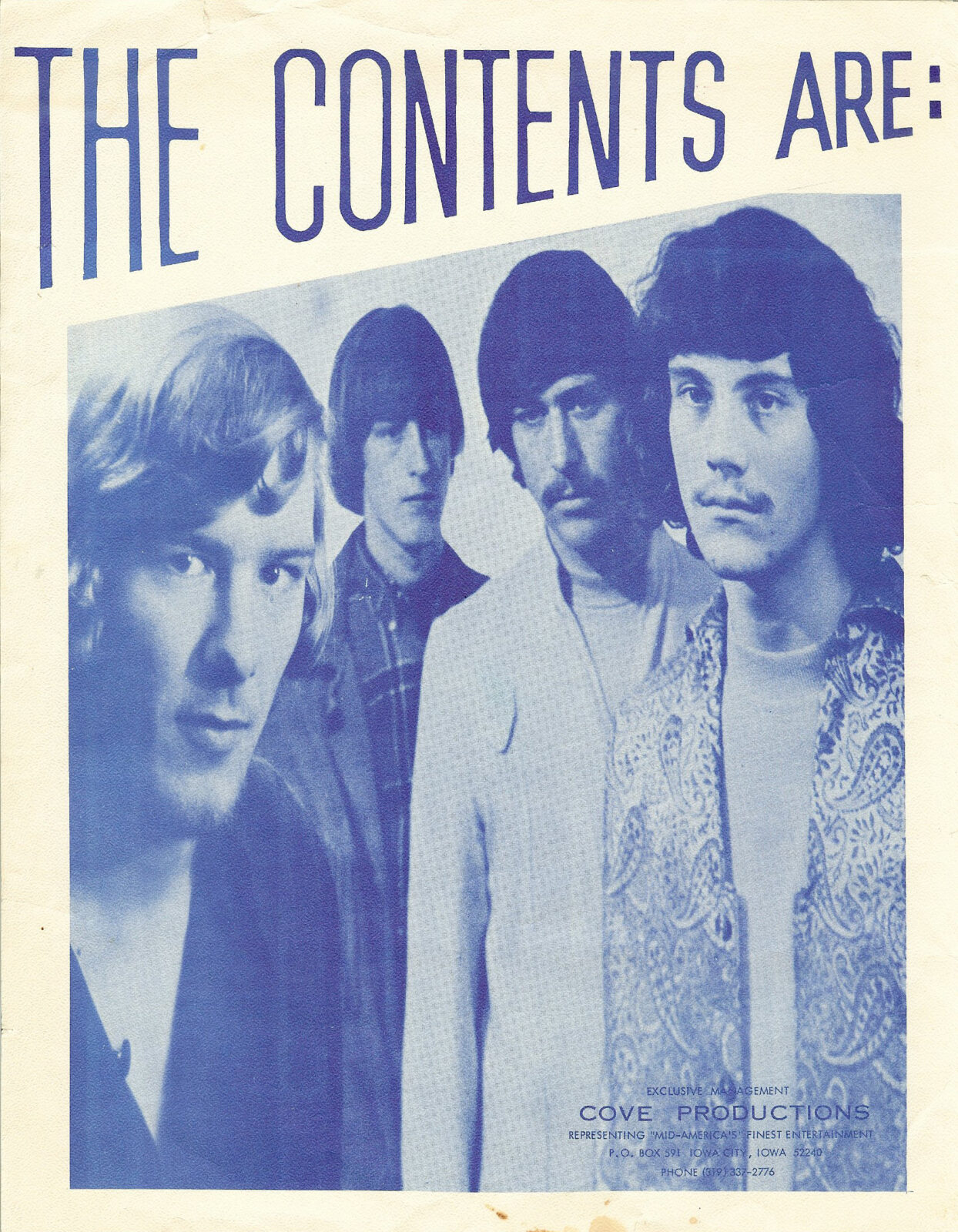
When and where did you grow up? Was music a big part of your family life? Did the local music scene influence or inspire you to play music?
Craig Hute: I was born in Maquoketa, Iowa in 1949. The population was about 4,000. Being in such a small town in the 50’s, there was no music scene. However, my parents listened to country and early rock music on the radio, watched early stars on television, and bought Hank Williams, Johnny Cash, Chuck Berry, Buddy Holly, and Elvis Presley records. At this early age, I dreamed of singing and playing guitar.
When did you begin playing music? What was your first instrument? Who were your major influences?
At 12 years old, my family moved to Davenport, Iowa. Wow…the big city where I could take guitar lessons. I couldn’t put the guitar down. Note reading and learning open chords was cool, but I was ready to play by ear. Putting on a record, getting the chord changes down, with the riffs and lyrics was a thrill. Luckily, the second house down the street from our house lived a couple of young guys just out of high school who played saxophone and trumpet. They would invite their four other high school band buddies over and have jam sessions at least twice a week. They could read charts and improvise. Those guys were a huge influence on me. Although none of them were guitarists, I would listen to them intently and then go home and try to figure out some of their progressions, riffs, and melodies. These horn players (who never had a band name) were real jammers. They showed me a whole new dimension of how unlimited music could be.
What bands were you a member of prior to the formation of The Contents Are?
In 1961 and 1962, four houses down the street from our house were the Pearson brothers, Gary and Randy. Gary, who was my best friend, was one year younger than me. Randy was Gary’s older brother. They both played piano and organ. Gary later picked up the bass guitar. Randy played keyboards. We would practice together like a real band. My parents moved from Davenport to Bettendorf, which was about 10 miles away, but it seemed like 100 miles away. So I was out of the mix. Gary and Randy searched out Dave Neumann. Dave, for that time, as he is now, was a very accomplished guitarist. Randy sought out Gene Bridges, a very competent drummer. They started a band called The Blazers. They had a fairly strong song list. I also had a strong list of songs as a solo musician. Within a few months, they asked me to join the band. The problem was that no one was old enough to drive a car. Luckily, all of our parents were great. Until Gene and Randy were old enough to drive us to gigs, we would rehearse at our parents’ houses and be carted to all of our jobs. We played teen clubs, YMCA, high school dances, colleges, frat and sorority parties, and special events. In 1962 and 1963, teen bands were in short supply. You could count on one hand the number of bands in the Quad-Cities. The Blazers were playing Eastern Iowa and Western Illinois on most weekends.
Can you elaborate on the formation of The Contents Are?
Late in 1964, Gene came up with the name change to The Contents Are. During the rest of that year, not only our name changed, but also the direction of the band.
1965 was a huge transition for the band. Gene was a very dominating leader of the band. Sometimes, he would break into drum solos in the middle of a song. He was an excellent drummer, but 20 minute drum solos got old. Randy was spending less time with the band while going to college and Gene was ready to go into military service. They were losing interest and it was harder to get them to gigs. Gary was interested in playing bass for The Night People, whose bass player was leaving. I can’t blame him since we were in turmoil and they were the house band at The Draught House in Davenport.
1965 was also a great year for The Contents Are. We were beginning to play more original music. This was also the year that the British bands were dominating the music scene. The Rolling Stones, The Beatles, The Byrds, The Yardbirds, and The Kinks, along with our original songs, including harmonies and dual leads, were helping us to grow into a band with a new perspective. We were now a four member band, acquiring Paul Staack as our drummer and Larry Smith as our bass player.
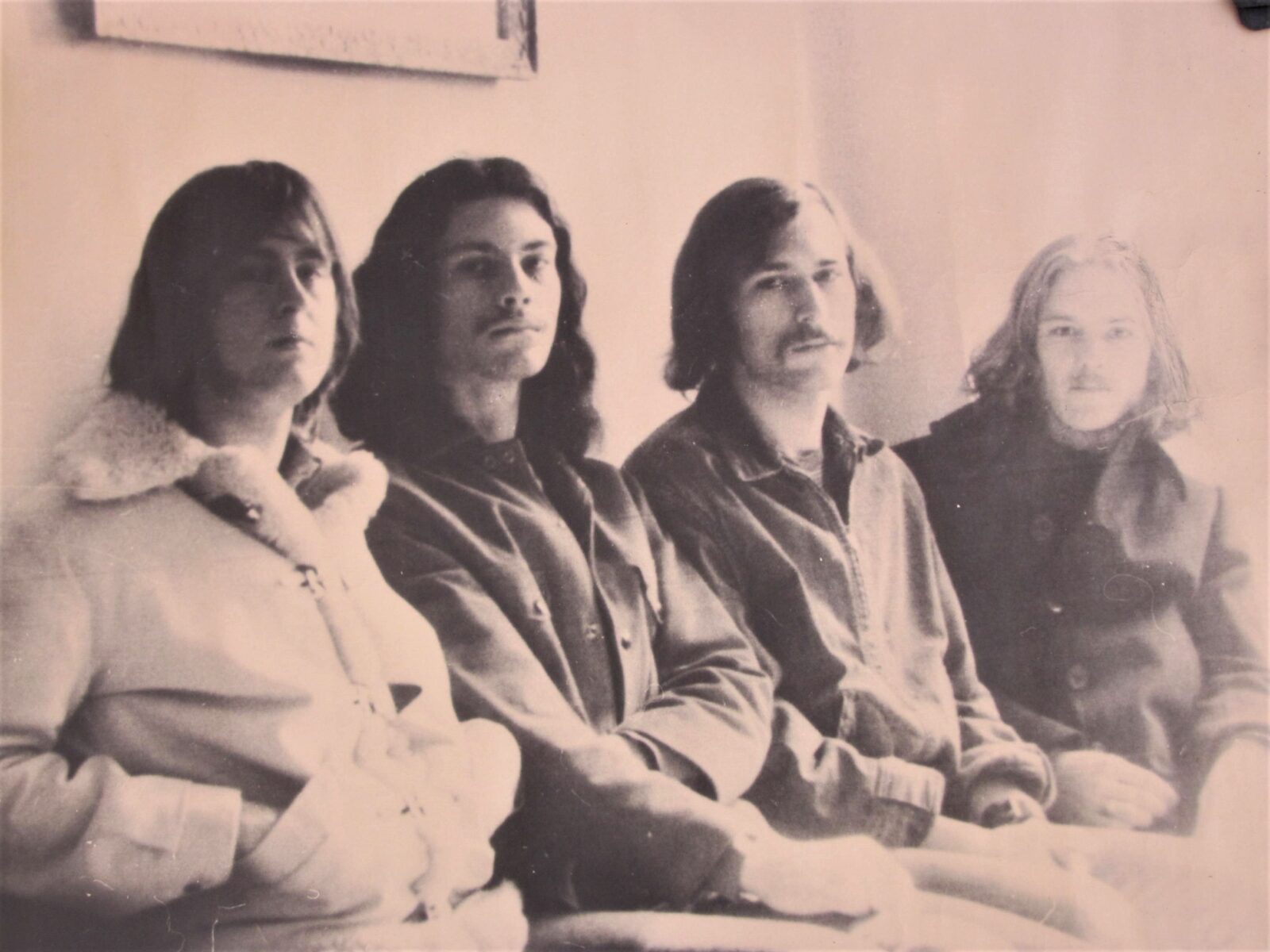
When and where did The Contents Are play their first gig? Do you remember the first song the band played? How was the band accepted by the audience?
I can’t remember for sure, but I think we played our first gig at the YMCA in Davenport. The YMCA had a rotation of about four bands on Friday nights. We played there about once a month. Bands were so rare then that any band at the YMCA would play to a full crowd and they always filled the dance floor.
What sort of venues did The Contents Are play early on? Where were they located?
Early on, the venues were school dances, YMCA, teen clubs, and other special events, all in the Quad-Cities area.
How did you decide to use the name, The Contents Are?
I never really liked the name. Gene Bridges came up with it which he found on a Campbell’s soup can.
What influenced the band’s sound?
When we did covers, we tried to sound like the band we covered. With originals, we tried to sound totally original.
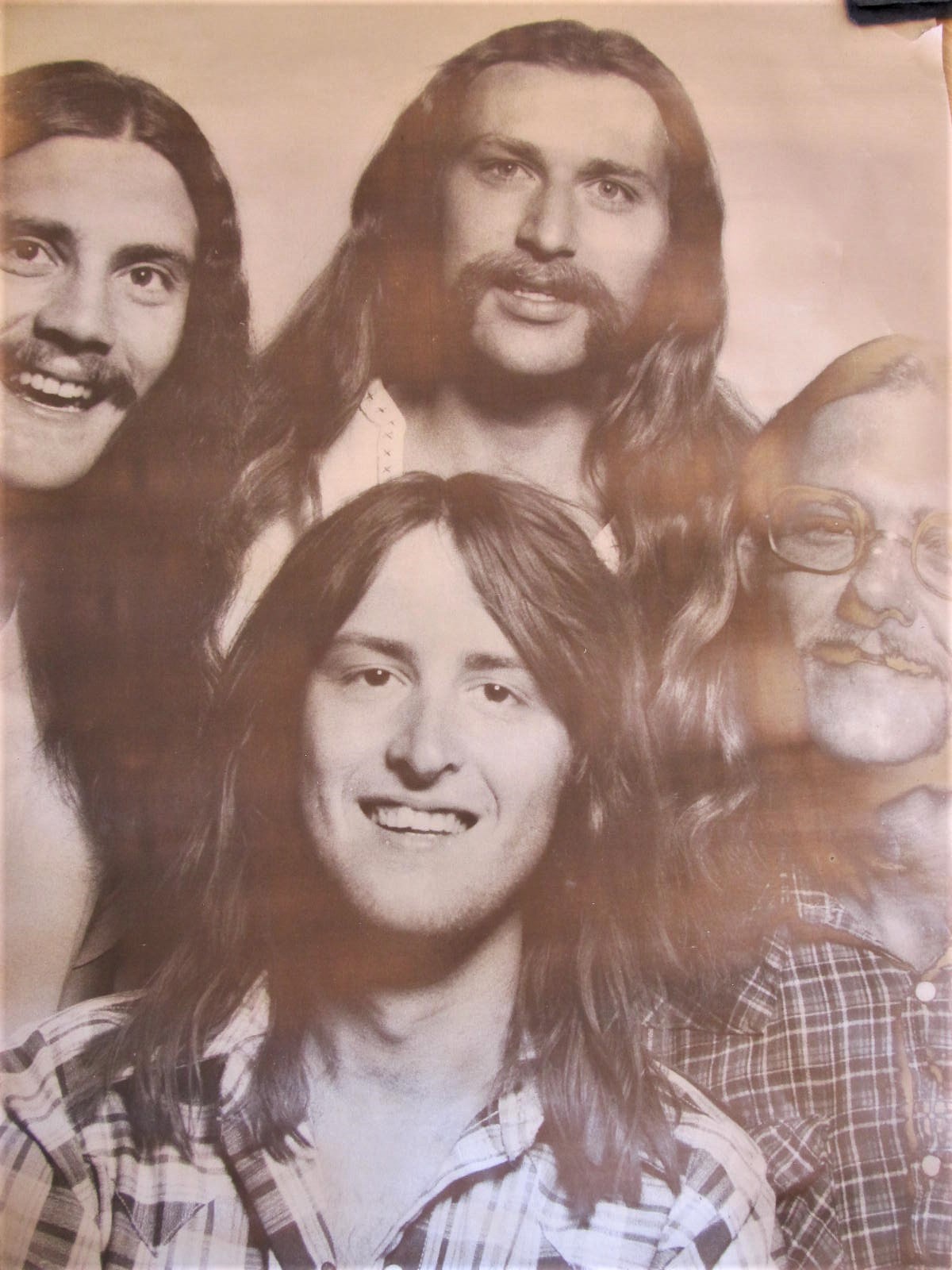
“We were the only band in the area playing original music”
Did the size of audiences increase following the release of your debut?
Yes, we were the only band in the area playing original music. We did KSTT radio tours, doing small town dances playing our hit songs, Direction of Mind and I Don’t Know. We played our hit songs along with covers fronted by the radio station DJ’s.
The album was self-released. How many copies did you press?
100 copies.
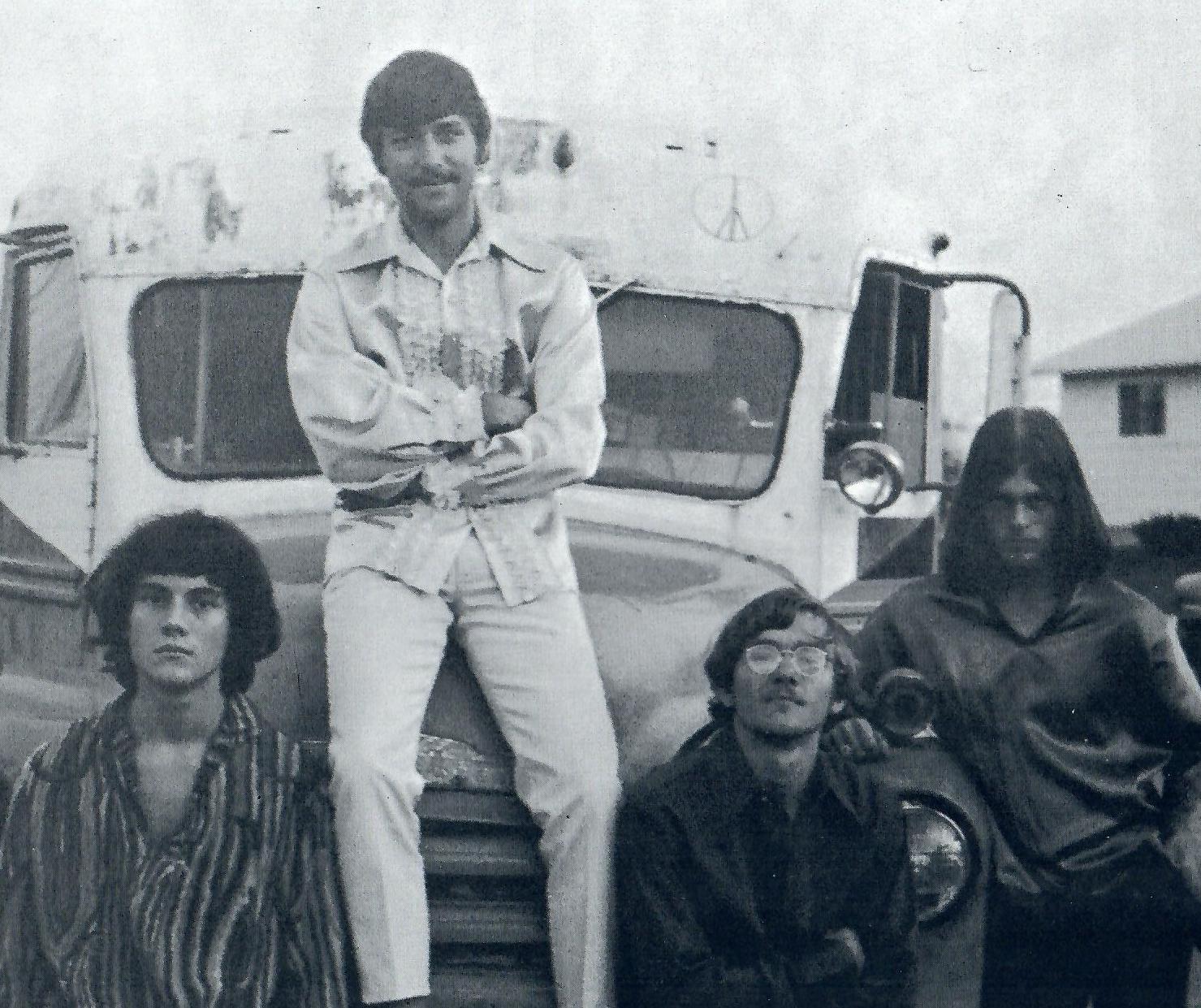
What is the story behind your debut album? Where did you record it? What kind of equipment did you use and who was the producer? How many hours did you spend in the studio?
In 1966 and 1967, albums and original material by bands were becoming more popular than singles. At the time, we had enough original songs for at least two albums. We produced ‘Through You’ ourselves. We went into Fredlo Studios on a Sunday afternoon and completed the entire album that night. Some of the songs were done in one take. We spent about seven hours in the studio. We all had Vox amps. Larry played a Gibson hollow-body bass, Craig played a Guild Starfire guitar and Rickenbacker 360, Dave played a Gretsch Tennessean, and Paul played on Rogers drums.

Please share your recollections of the sessions. What were the influences and inspirations for the songs recorded?
Fred and Lois at Fredlo Studios were great people to work with. They didn’t have the equipment that the big studios have and working with two channels has its limitations. We couldn’t get the drum sound we wanted, but we also couldn’t afford the session costs in Chicago. ‘Through You’ and the two 45’s were recorded at Fredlo. The ‘Four Each Other’ album was recorded at Golden Voice Studios in South Pekin, Illinois. This album was produced by Spence Stein and engineered by Jerry Milam. We were very happy with the results. We had many other originals that we would have put in place of Recurring Changes and No Chance To Choose. I didn’t want to do repeats from the ‘Through You’ album, but Spence liked the songs and thought we could get better recordings at Golden Voice Studios.

I wish we could have gotten the master copy of the ‘Four Each Other’ album, but Golden Voice Studios burned down and all of the master copies were destroyed. So, the ‘Four Each Other’ album was cut from a second generation tape at 3-3/4 speed.
Were you inspired by psychoactive substances like LSD at the time of writing the album?
The only song on ‘Through You’ that was substance-oriented was ‘Tonight in Venice’. Larry and I were jamming together, as we did often, on his Tandberg reel-to-reel. We were tripping and jamming away on the intro and I started writing down the verse lyrics. I took the tape home late that night and I was dreaming the song through the night. I got up early the next morning playing the melody of the dream and finished the lyrics.
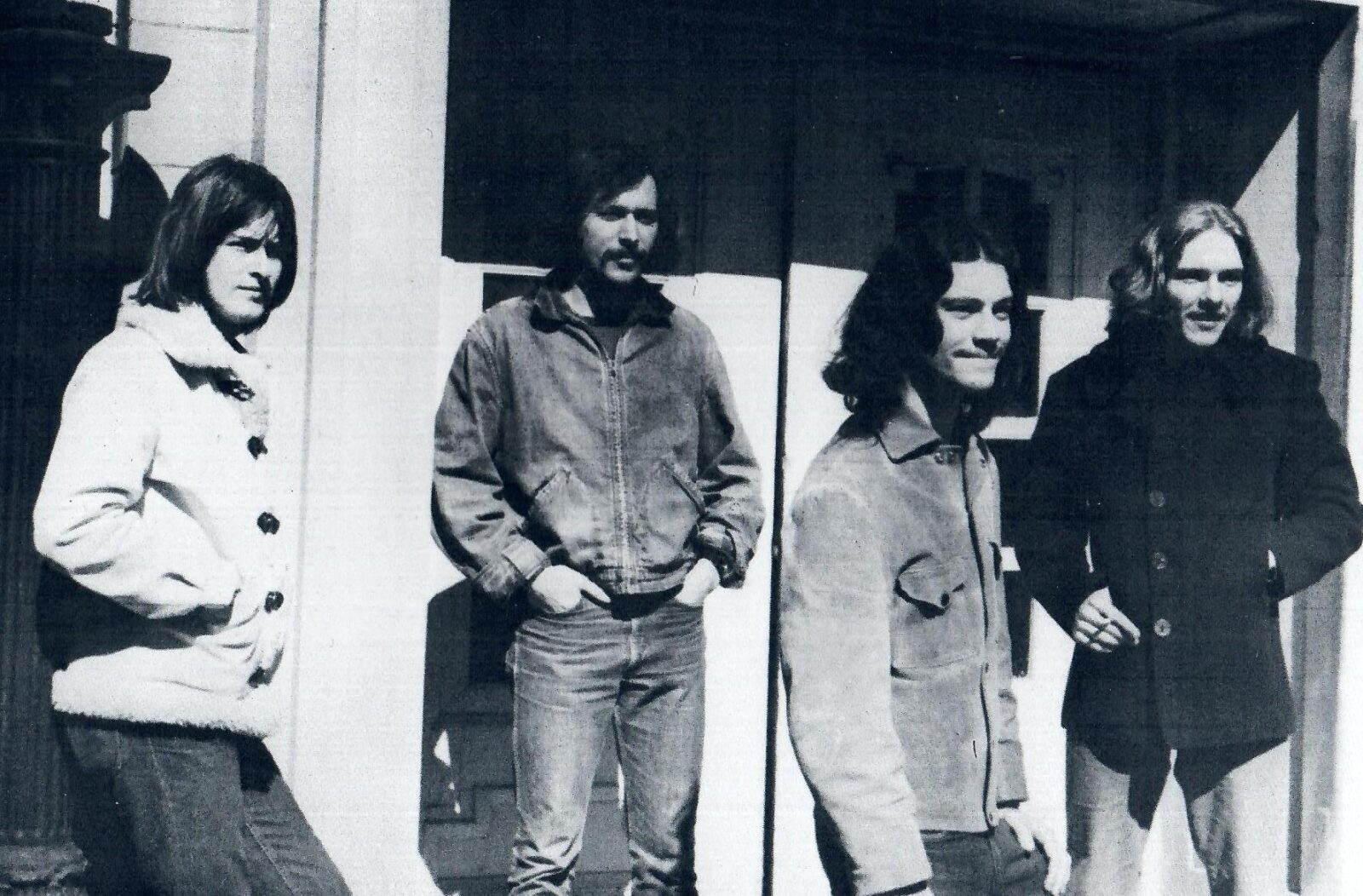
You also released two singles. ‘Future Days’/’New Mexico’ and ‘I Don’t Know’/’Direction of Mind’. Were these before the release of your debut album?
They were both released before ‘Through You’. ‘Future Days’ was also LSD inspired. This was another song where I was jamming with Larry on the Tandberg to get down the song. ‘Head Collect’ was another song that followed this same process. The ‘I Don’t Know’/’Direction of Mind’ record was a hit in the Quad-Cities. KSTT radio picked the B-side, ‘Direction of Mind’, and it went to #2 on the local charts. Eddie Mascari of Mercury Records bought the master tape from Fred at Fredlo and was going to reissue the record. He wanted any other songs that I wrote sent to him. I sent six more demos which we recorded on my Ampex. When he found out our ages and that we were still in high school, nothing further happened.
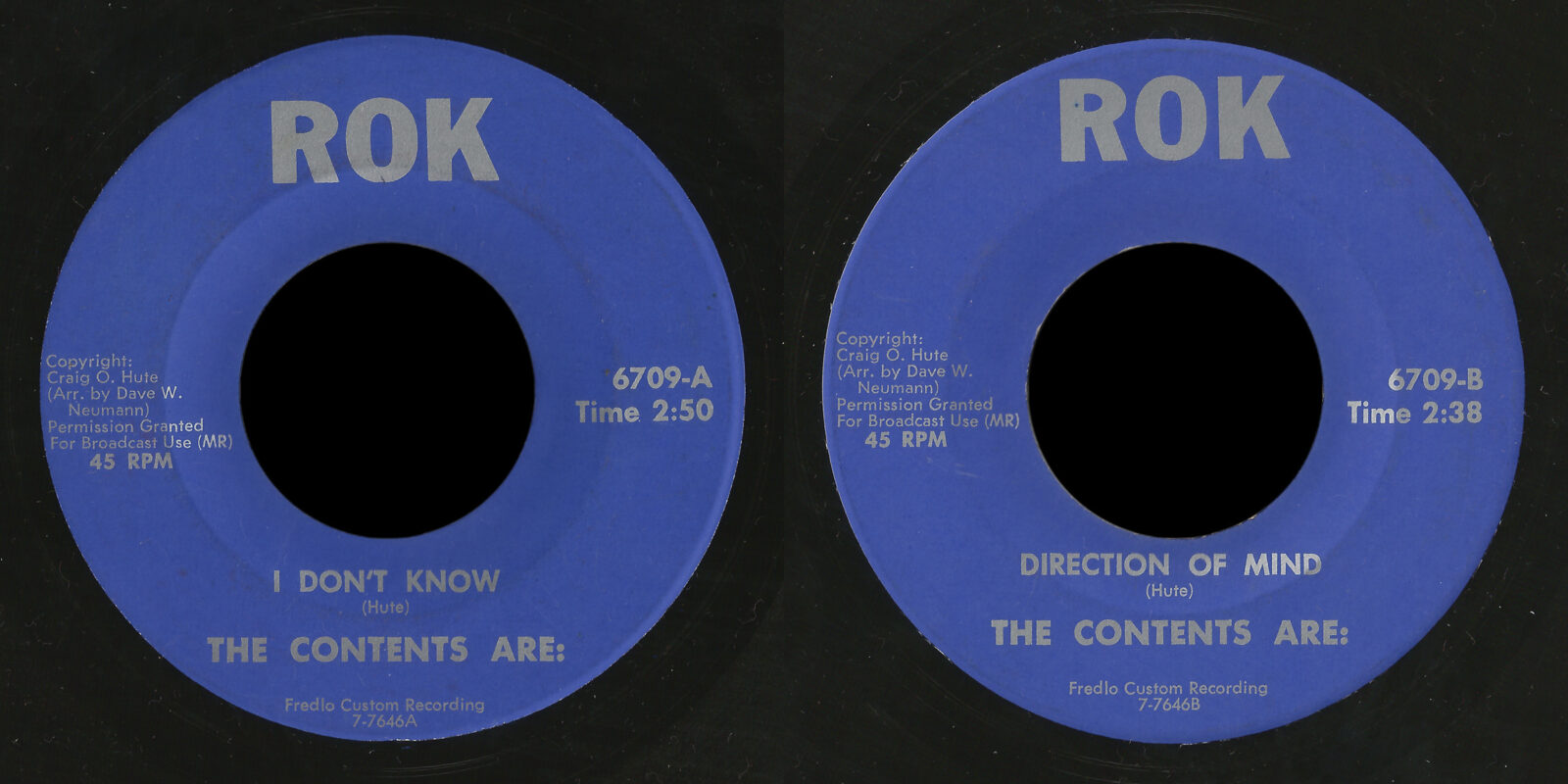
How pleased was the band with the sound of the album? What, if anything, would you like to have been different from the finished product?
Being 17 and 18 year olds, we were generally pretty happy to have a record album with the band, my best friends.
How did you distribute the album? Did you send any to DJ’s or labels?
The album mainly went to family and friends. We only had 25 albums each. They went fast. I sent one to Columbia Records and one to Capitol Records. Capitol sent it back stamped “Rejected”. The cover was bent and the record was unplayable. Very strange.
Was there a certain concept behind the album?
Any albums we recorded didn’t really have a general concept. I think each individual song has its own unique concept.
What can you say about the cover artwork?
I loved it. It was cool and simple. Paul’s brother, Jim, drew it. The second I saw it, I said, “That’s our cover”.
Would you mind telling us in-depth the story behind your second (at the time, unreleased) album which was issued by Alona’s Dream Records and Golden Voice?
This is a long story. By 1969, we were losing Larry and Christy Peake, our road manager. Larry was a free spirit, one of the best friends I ever had. A great musician, but drugs were taking over his life. For a while, he wanted us all to go and live together on a South Pacific island. Then, it was New York. He and Christy were then living on the band’s bus. His next idea was to go out West and live together in a commune with no electricity, and play music acoustically. Shortly after, he left for Oregon with Christy, so we were left without a bass player and a singer. Having to cancel gigs was a problem. We had to do a search for a replacement. It was a difficult process to find someone to replace him. After some searching, we finally found Mick Orton. He played bass, piano, sang, and wrote some songs. Also, Dave started writing songs. We worked diligently on getting our song list and originals together, and quickly became the house band at Al’s Lounge. It became the “go-to” place in Davenport. They had to add on an addition to expand the capacity for the growing crowds. We really built up the largest following we ever had.
We had run across some funky producers who contacted us while we were living in Iowa as well as our time in Colorado. Most of them aren’t even worth mentioning their names. That’s for a whole other story. While we were still in Iowa, John Gallobach contacted us and invited us to come to Columbia Studios in Chicago. We recorded four songs. Then, he invited us to come to Appleton, Wisconsin, and we recorded an entire album of originals, engineered by Al Posniak. We never got a copy of the Appleton tape and never heard the mixed recordings.
My thanks go out to Chris Gilbert of Alona’s Dream Records for producing and issuing the ‘Four Each Other’ album. He kept us informed with each step of the process. I am the most proud of that album. I think it’s the best quality record we have.
“We had changed our name to Tabernash right before our move to Colorado”
What’s the story behind forming Tabernash and recording Head Collect/Out of the Cold? How many copies were pressed?
Spence Stein hooked us up with Chapel Publishing. Eddie Mascari in New York was pushing us to move to New York City, but we were planning on going back to Colorado. We spent the previous Summer in Boulder and were going back after Paul, Dave, and I graduated from college. Eddie had the ‘Head Collect’/’Out of the Cold’ single pressed and as far as we know, he only pressed a few copies, which is fine with me. It was not recorded well.
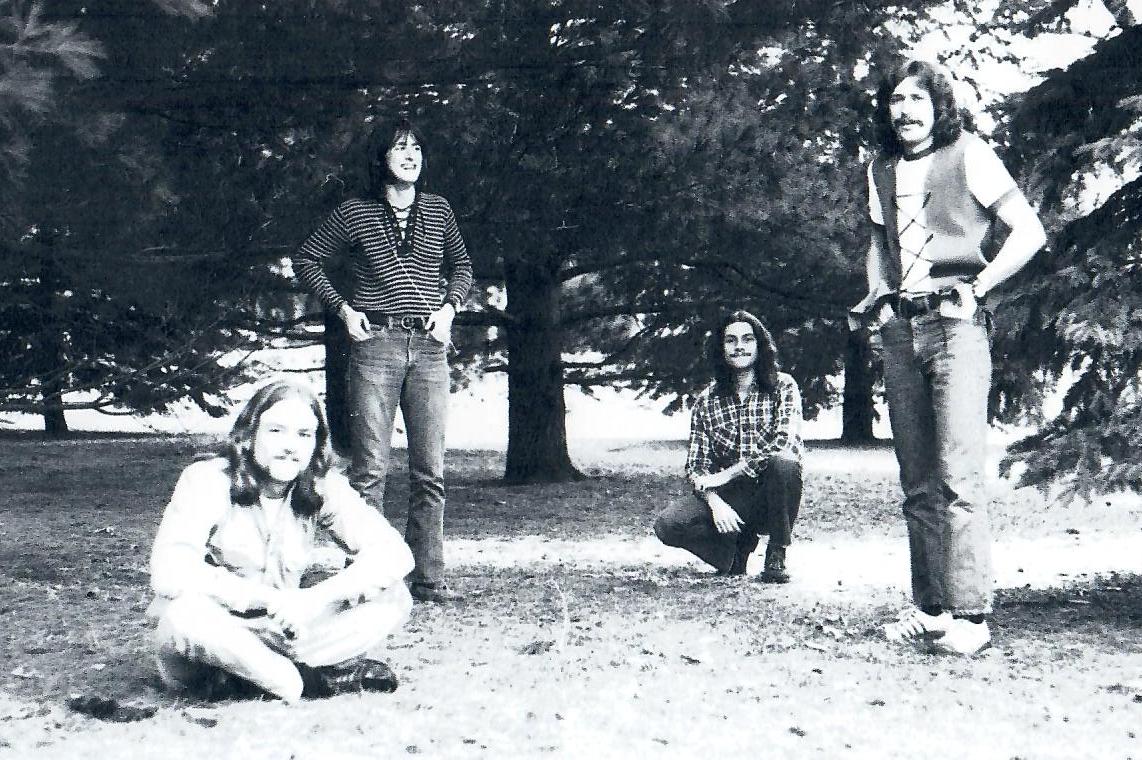
We had changed our name to Tabernash right before our move to Colorado. Eddie wouldn’t stop calling us. He told us to get our asses out to New York City on the double with promises of steady gigs and a place to stay. He was going to be our manager at 20% of the take. He would never offer an advance. We went through that game before and didn’t trust him. So that’s the end of that story.
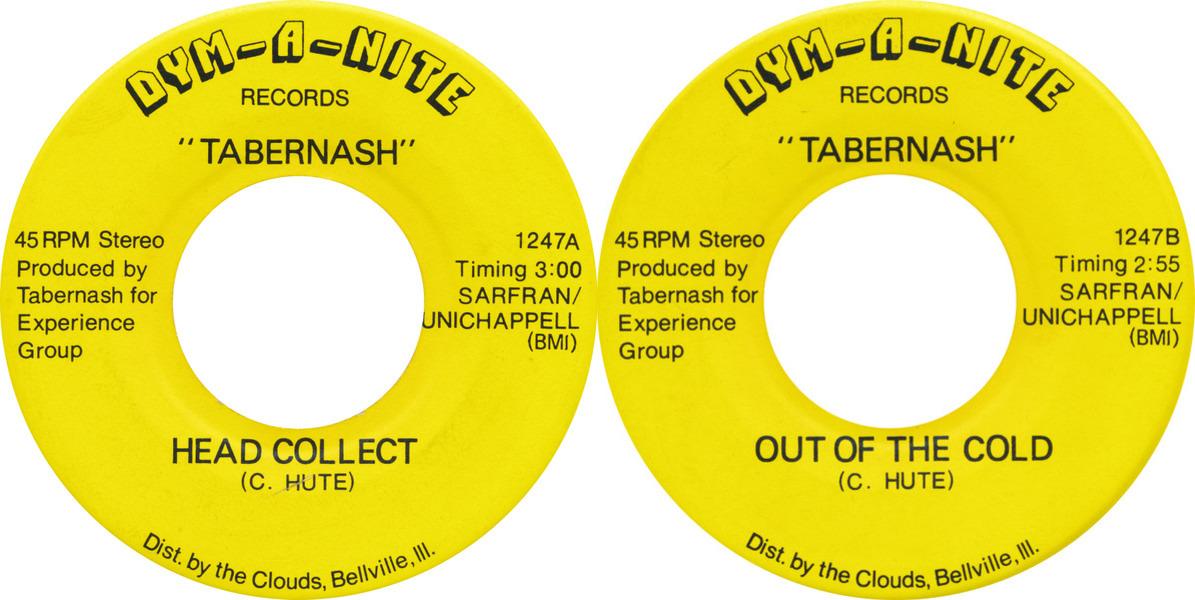
Did Tabernash play any gigs?
We played all over Colorado. We also played in Wyoming, Nebraska and Kansas. Denver was not the best town for rock bands at that time. There were a few good clubs but Boulder had Tulagi’s and The Sink. All the other college towns, Fort Collins, Greeley, Durango, and the small college towns, had some fun bars and clubs. The ski areas, Vail, Aspen, Breckenridge, Steamboat Springs, and Crested Butte had great clubs to play, also.
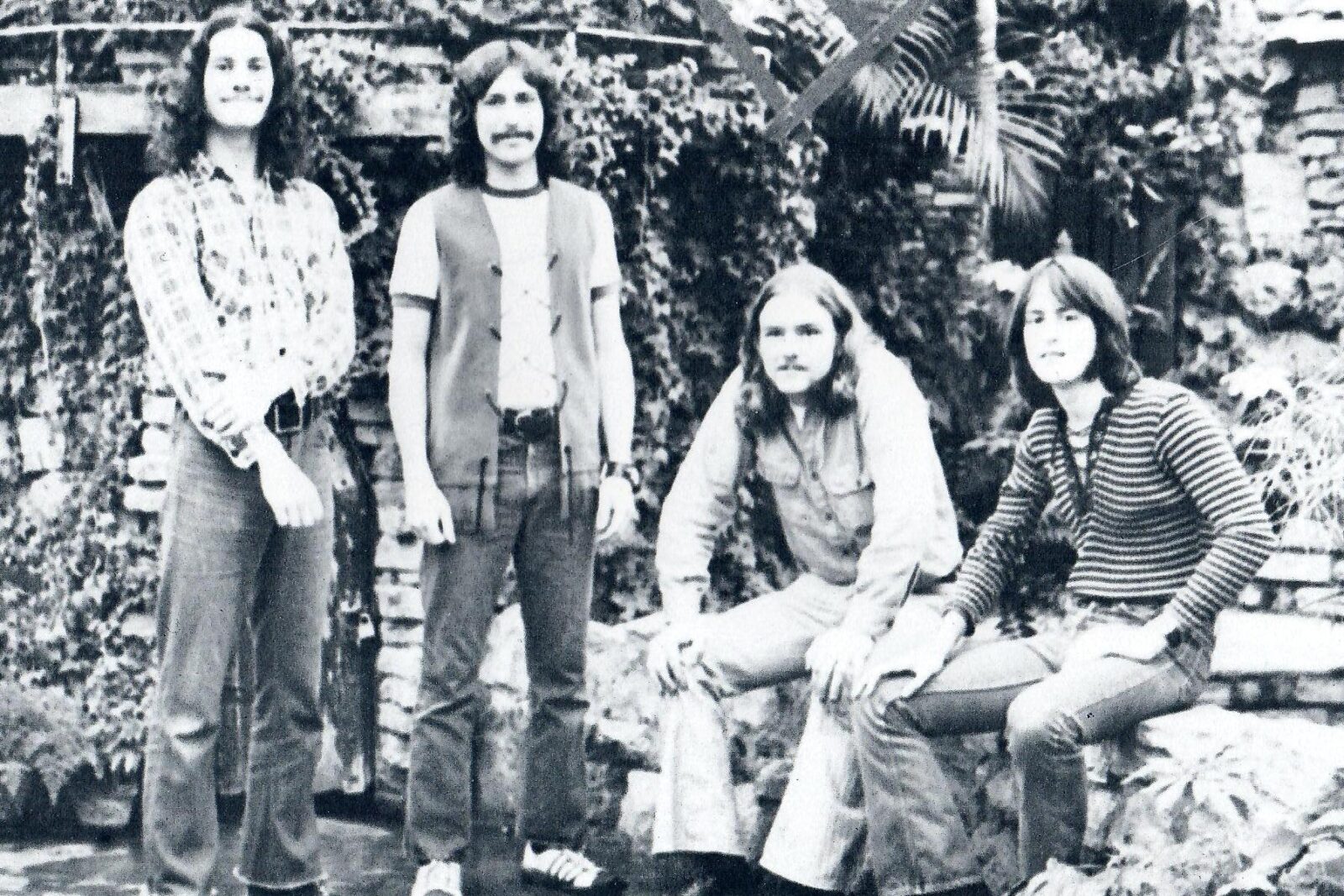
At the time we were living outside Boulder, there were many well-known musicians living in that mountain area. Joe Walsh, Stephen Stills, Dan Fogelberg, Tommy Bolin, The Eagles, Chicago and the Guercios at the Caribou Ranch Studios outside of Nederland, and others. I thought we had some great gigs! Especially the shows at Tulagi’s and the Draught House (Yes, there was a Draught House in Denver and Davenport run by Terry Walters). At most of our shows we were playing all originals. We had worked up over five hours of original music.
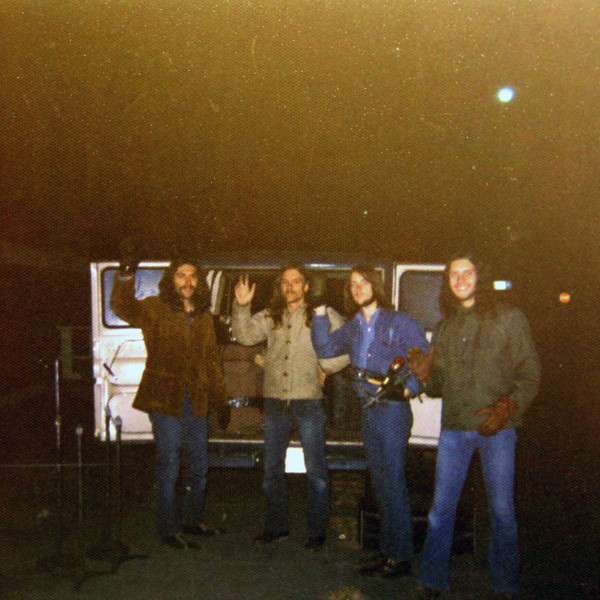
What about Karma? When was this?
Karma was another fiasco. A little while before Larry left the band, he introduced us to another fake producer, Terry Martin. Larry was out of touch with reality at that point. We just got back from our magic bus tour from Minneapolis, Minnesota to Champlain, Illinois and back home. Terry was going to make ‘New Mexico’ a big hit.
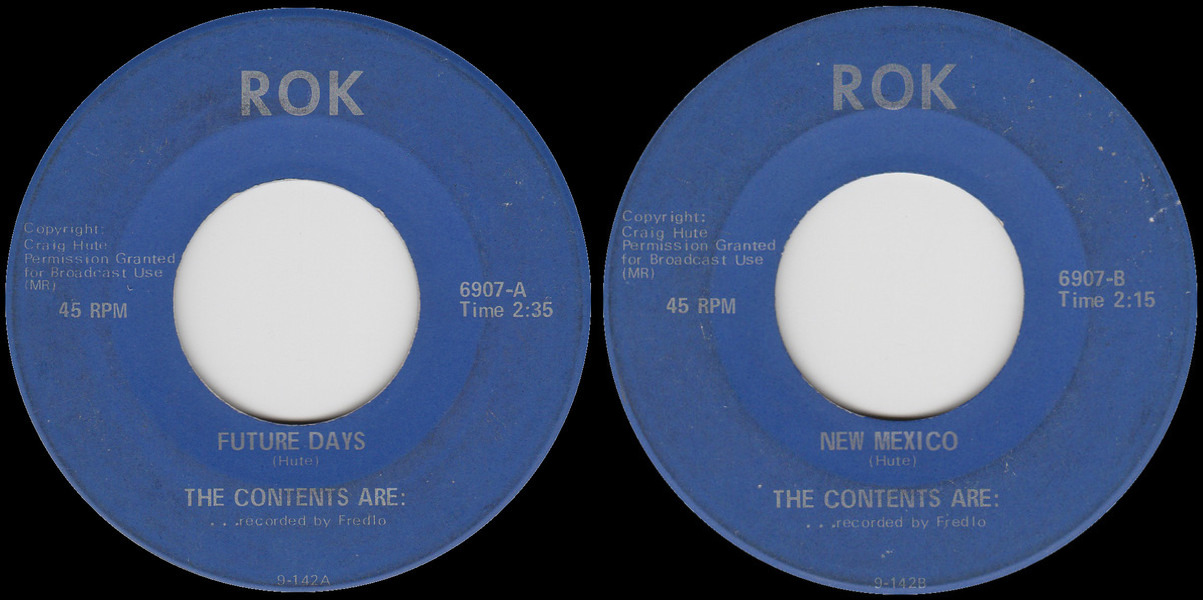
To do that, we were going to rearrange the song to his liking, since he was the “expert”. After going through about 30 different arrangements with him “leading” the band, we finally had his hit realized. Now, he said, “You’re going to spend the next week, 10 hours a day, refining the song to make it perfect”. We tried telling him constant repetition doesn’t make a song better, but to no avail. The next week we were set up to make the song the perfect hit. Terry brought over his employee, Glen, at 9 a.m. and picked him up at 7 p.m. Well, Monday morning at 9:00 a.m. we started playing the arrangement over and over for about 1-1/2 hours. One thing we liked about Terry was that he and his entourage had a great stash. It didn’t take long before we were playing the song for Glen and we talked him into letting us take long breaks. He always left plenty of food and drinks and with his stash, ended up getting stoned every day. We brought our friends along and did a lot of jamming and getting stoned. That’s until Saturday going into Fredlo Studios with Terry and Fred in the control room. ‘N.S.U.’ came off fine after a few takes. Then, came ‘New Mexico’. It was such an exhausting eight hours. We kept going until we had sore fingers, sore throats, and never wanted to play or hear that song again. As we moved our equipment out of the studio, Terry and Fred were still arguing. There had to be 50 takes so they could have chosen any one of them but we didn’t care which one. Since Terry and Larry wanted to rename the band, Karma, we played a single show under that name at the Col Ballroom in Davenport. After that evening, Larry left the band. Later, Larry told us he was in Iowa City with Terry and they were passing out the records on campus. They were throwing them around like frisbees.
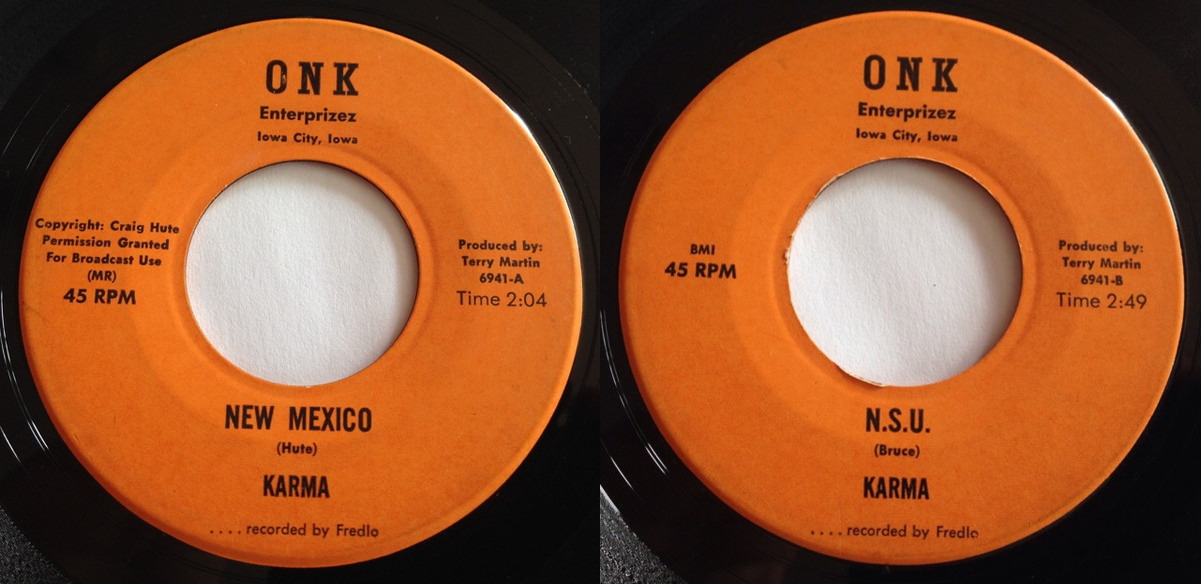
What happened after the band stopped? Were you still in touch with other members? Is any member still involved with the music?
Mick abruptly quit the band. We didn’t have good luck with bass players. We still played our existing bookings with Jack Okinsky playing bass. I had jammed with Jack before and I thought he would fit in well. He was a good friend. He really did well in those last shows. I tried talking Paul and Dave into keeping the band together with Jack, but to no avail. Jack ended up leaving Boulder and going to Austin, Texas. So that was the end of the band. I still keep in touch with Paul, Dave and Mick. Paul is an associate pastor in St. Paul, Minnesota and still plays drums from time to time at his church. Dave is still playing guitar and Mick is still making music. I am on my 23rd solo album of original music.
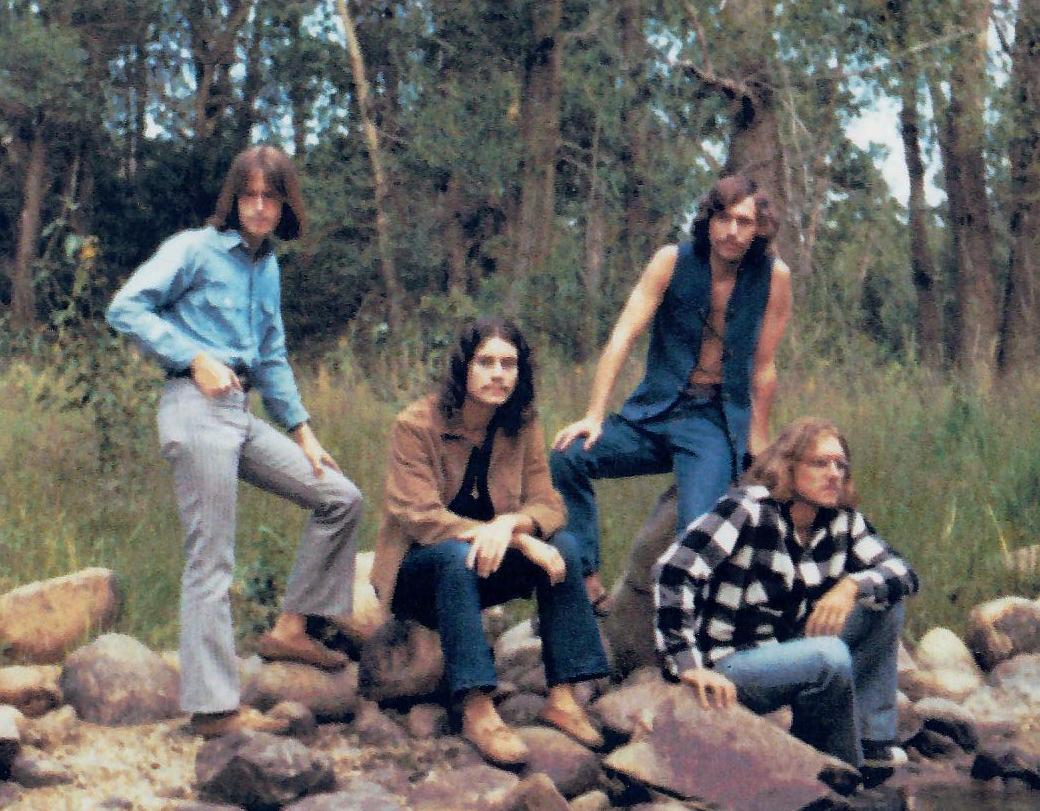
Looking back, what was the highlight of your time in the band?
I have many highlights, many songs I am proud of, and many memorable gigs. Too many to mention.
What are some of your favorite memories of The Contents Are and the 60’s, in general?
I have numerous memories of the band, mostly positive. The 60’s were a great time to grow up and that’s for a whole other story.
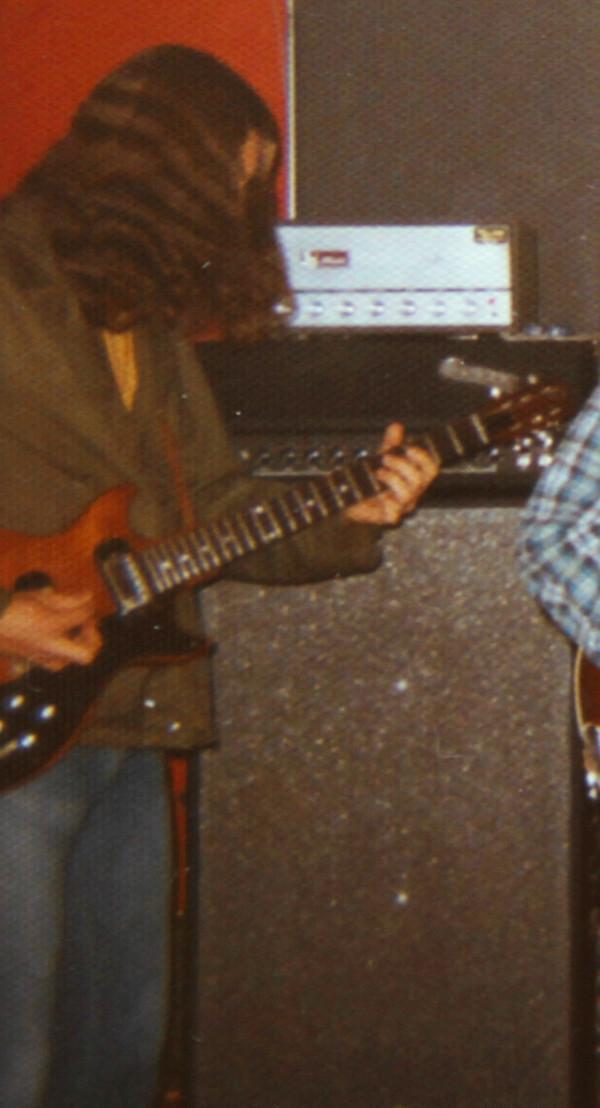
Is there any unreleased material left?
I wish we had the Appleton tapes and a producer’s tape of songs he recorded from his mobile recording unit that was set up outside our band’s house on Sugarloaf Mountain, outside of Boulder, Colorado. He recorded an album’s worth of original songs that we never had a chance to hear.
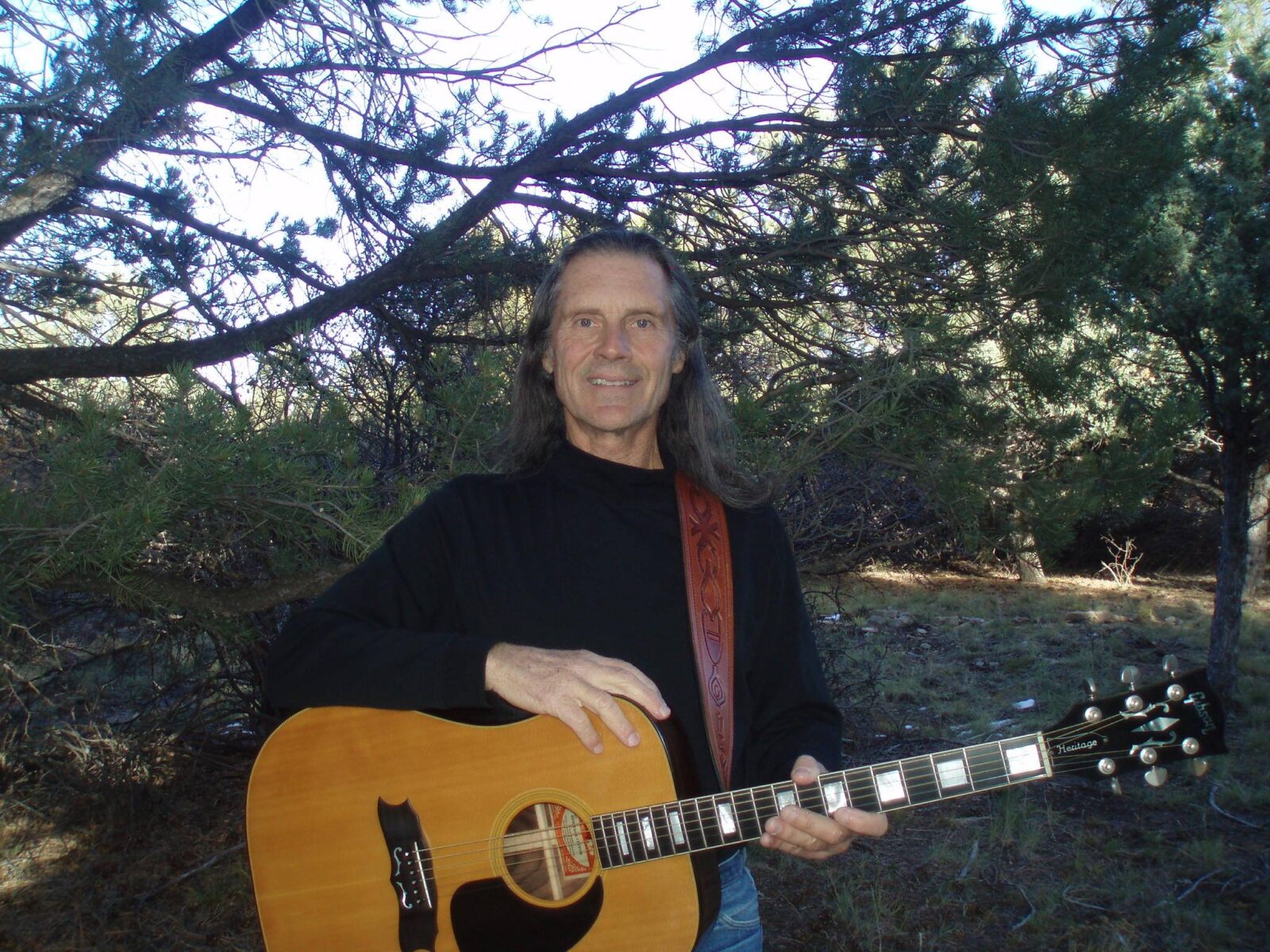
Thank you for taking your time. Last word is yours.
My last words are for Scott Bubrig. Scott called me a few years before the reissue of ‘Through You’. When he asked me about the album, I thought it was a joke. I thought the album was dead. We developed a relationship and would talk on the phone for hours about music, politics, our jobs, our situation, our lives. We became great friends. He presented the album to Thomas Hartlage at Shadoks Music for the reissue and brought it back to life. Scott also had interest in the 45s and all The Contents Are material. Scott helped me to produce three of my solo CD albums and was going to transfer my early retro tapes along with the CD albums into vinyl. Without Scott, none of our originals would have come back to life. God bless you, Scott. Rest in peace.
Klemen Breznikar
Headline photo: On the wagon | Dave Neumann (standing), Paul Staack (sitting), Mick Orton (sitting), Craig Hute (standing)
Craig Hute Facebook / Reverbnation / SoundCloud / YouTube
Alona’s Dream Records Official Website / Facebook / Instagram / Bandcamp / YouTube

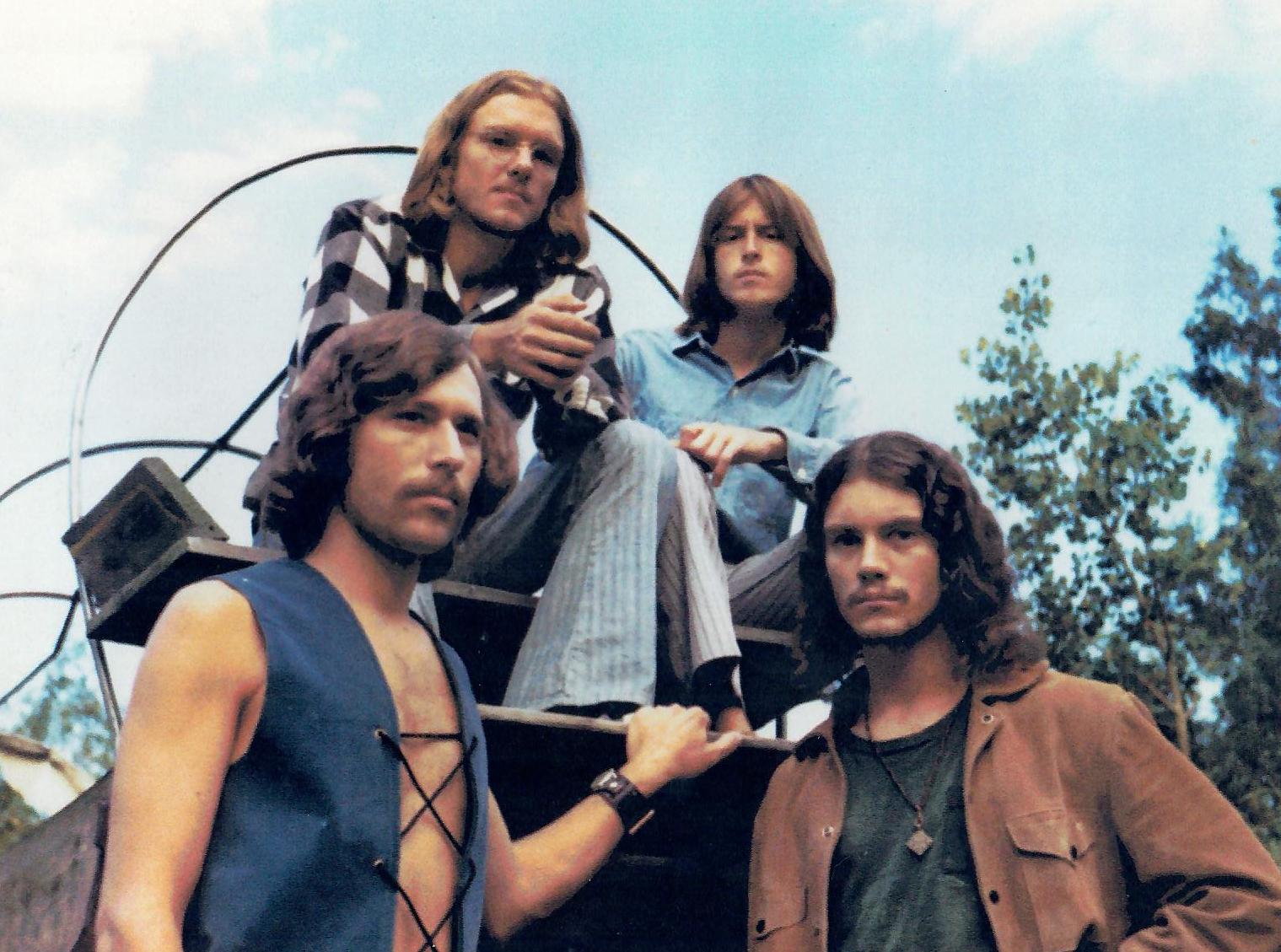



THANK YOU !!!
Thanks for the info and the interview. Through You is a recent discovery for me and I think it’s a wonderful collection of songs. I only wish I had the lyrics, since my failing hearing won’t allow me to decipher them all!